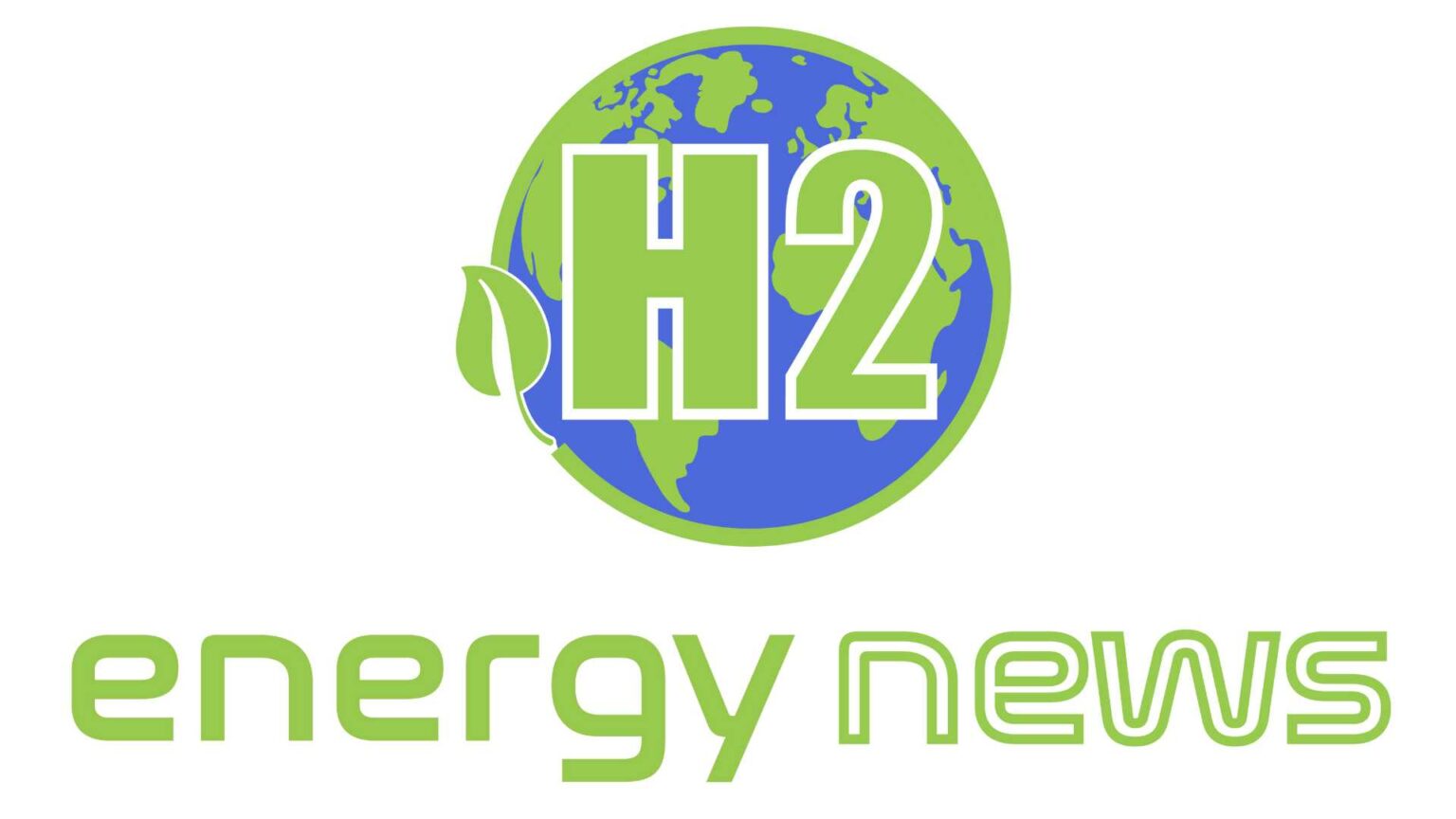The European Union’s Carbon Border Adjustment Mechanism (CBAM) came into effect on October 1, 2023, for imports of cement, iron and steel, aluminum, fertilizers, electricity, and hydrogen.
The policy aims to price the emissions of products imported by member countries, but this first phase, which runs until the end of 2025, is testing.
For now, traders will only have to report the emissions embedded in their imports subject to the mechanism without paying any financial adjustment.
The CBAM is expected to have a significant impact on the hydrogen market. According to an analysis by Wood Mackenzie, the CBAM will create an additional incentive for hydrogen imports from countries where the carbon intensity of production is lower.
As the CBAM increases carbon costs, gray hydrogen from natural gas, which currently accounts for 99% of demand, will lose competitiveness, while alternatives such as electrolysis, biomass, and carbon capture become more economically interesting.
The CBAM is expected to have a number of positive impacts on the hydrogen market, including:
- Increased demand for renewable hydrogen
- Increased investment in low-carbon hydrogen production technologies
- Reduced carbon footprint of imported hydrogen
- Improved competitiveness of EU hydrogen producers.





